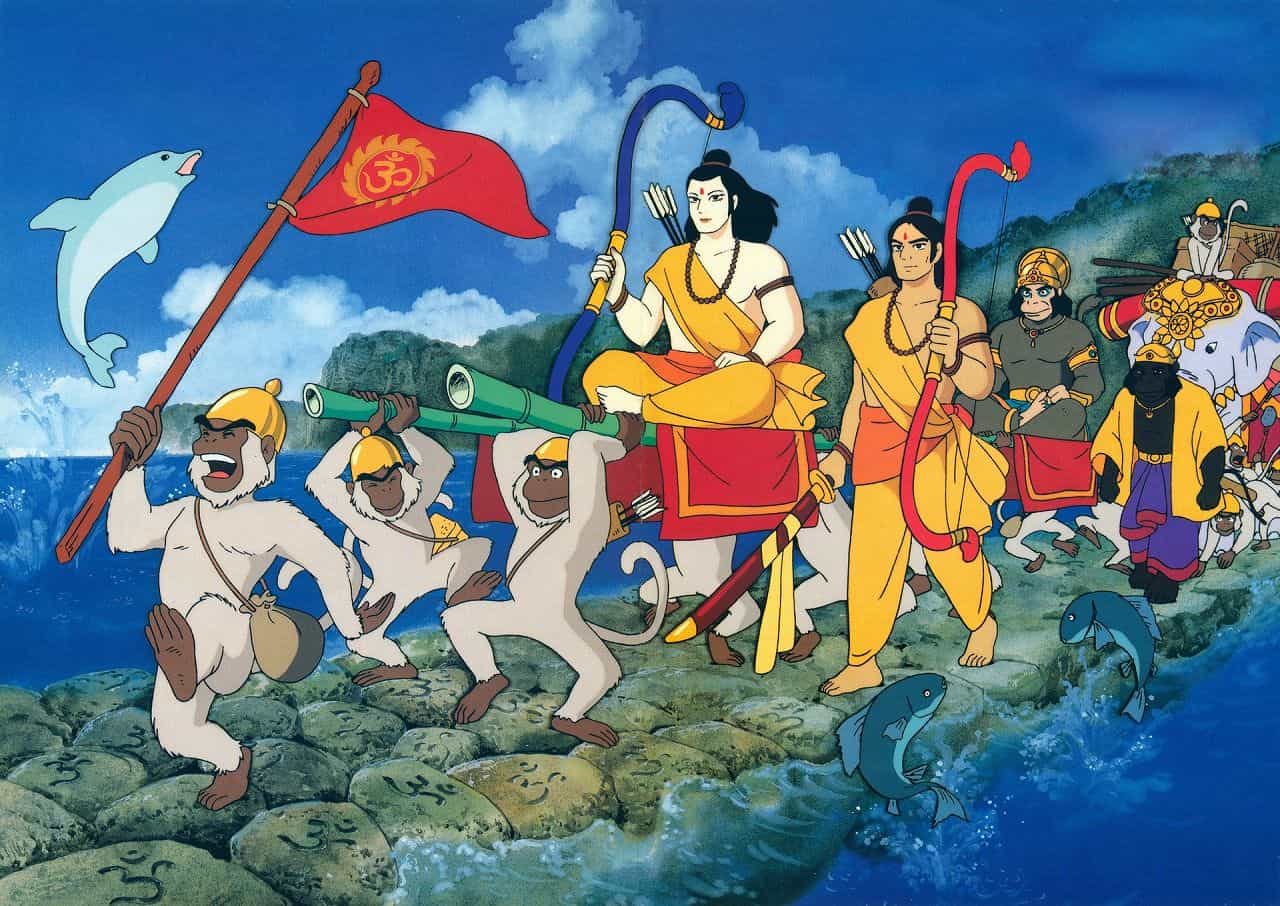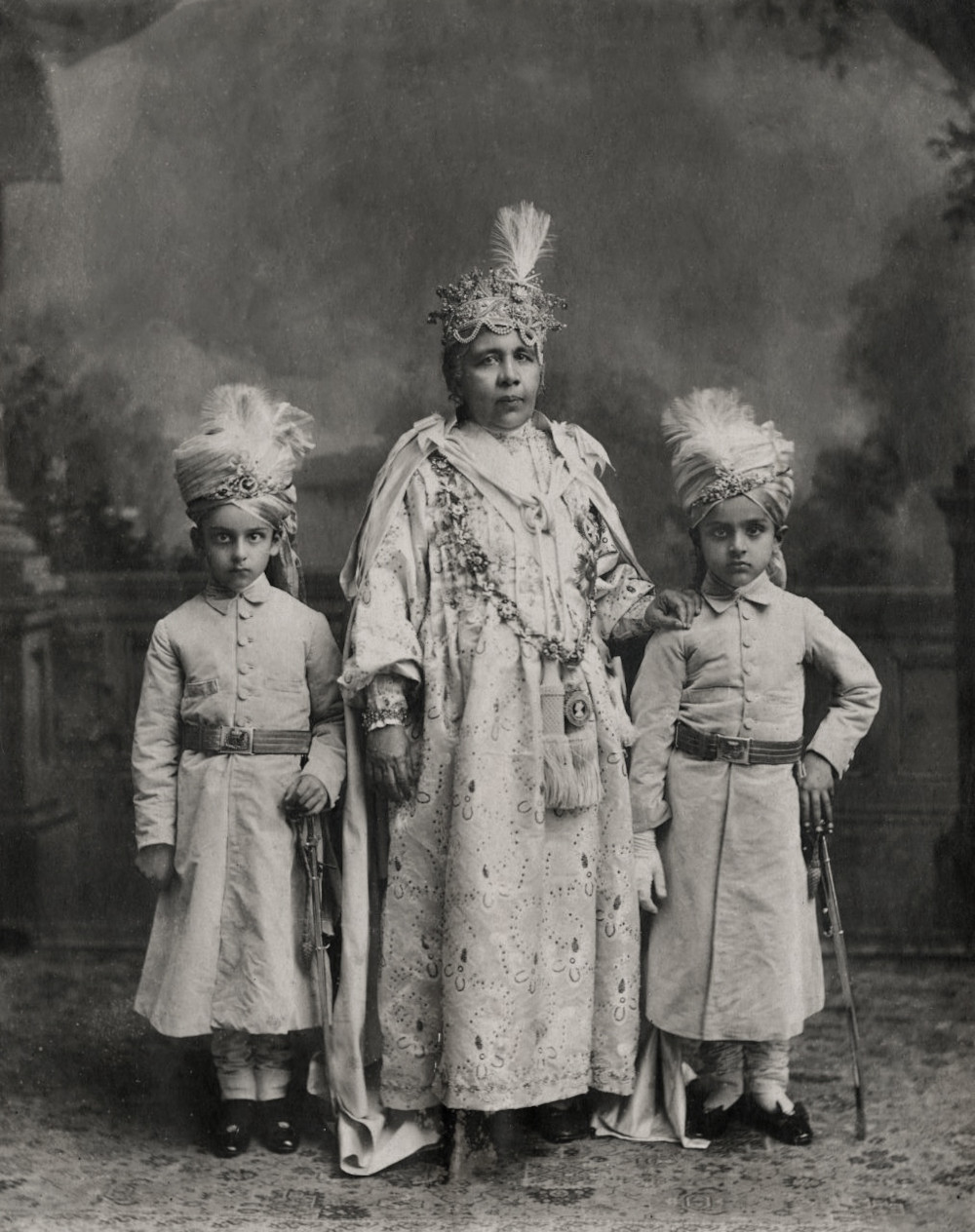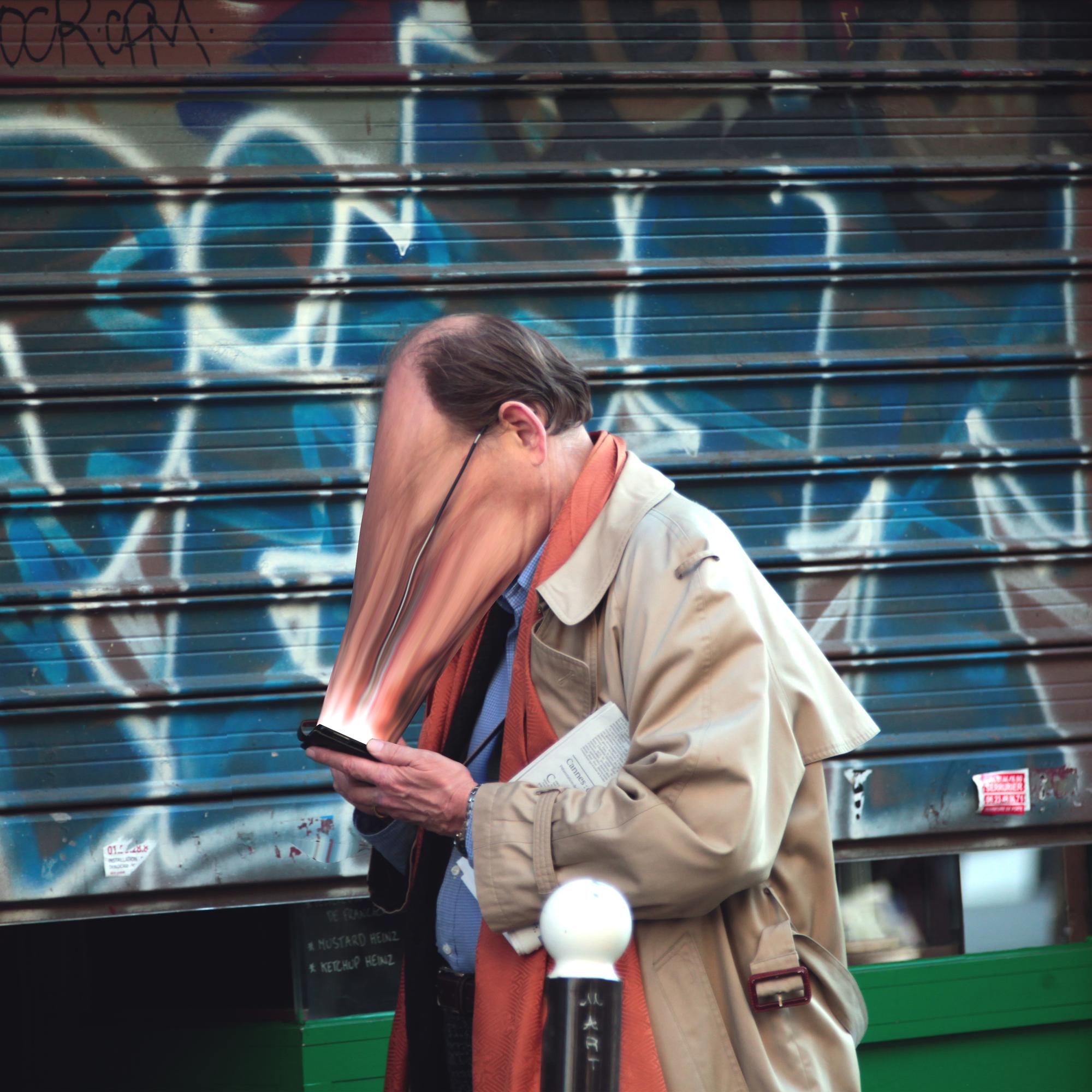In our childhood, we all gravitated towards a musical instrument that ignited our passion and desire to excel. For me, that instrument was the harmonium—a timeless treasure often misjudged as indigenous due to its seamless fusion into South Asia’s musical arena. In fact, it is a cherished relic from a bygone era, originating from 18th century Europe. Its true essence lies in a fascinating and tumultuous journey, intertwined with colonial history and aristocratic circles, transcending borders to become a cornerstone of India’s vibrant cultural heritage.
Christian Gottlieb Kratzenstein, a scholar whose pursuits initially lay in the realm of physiology rather than music, created a prototype for an instrument in 1780. Inspired by Kratzenstein’s innovation, others began to delve into similar pursuits. Anton Haeckl of Vienna crafted the physharmonica, a keyboard instrument featuring free reeds. John Green introduced the seraphine, which generated melodic tones through the passage of air over metallic reeds. Today, these instruments stand as artefacts in museums.
Further advancements came with Gabriel Joseph Grenié’s invention of the orgue exprevssif (Expressive Organ). Grenié’s instrument boasted an expanded range and the ability to produce crescendos, prompting Alexandre Debain of France to refine and patent the design in 1840 under the name “Harmonium.”
Paul Gauguin playing the European harmonium
The paddled instrument, renowned for its use in compositions by Bohemian composer Antonín Dvořák, German composer Sigfrid Karg-Elert, French composer Louis Vierne, Russian composer Dmitri Shostakovich, and many others, traversed continents alongside European emigrants. It ingrained itself deeply into Siavendian culture, becoming a vital element in their folk songs. Throughout the late 19th century, harmoniums found a place in churches, enriching religious hymns and classical compositions.
Paul Gauguin, the celebrated French Post-Impressionist artist from 1848 to 1903, was known for his revolutionary use of colour, daring compositions, and unique style, which left a profound impact on the Symbolist and Modernist movements. Interestingly, Gauguin found joy in playing the foot-paddled harmonium.
In Europe, the harmonium was once associated with an upper-class image, often paired with tuxedos and champagne. However, this perception underwent a transformation when folk musicians from Appalachia and the American South adopted the harmonium.
Yet, despite its cherished status in the Western world, the harmonium gradually faded from prominence. Rapid technological advancements led to a cultural shift toward electronic organs, rendering the harmonium somewhat obsolete. However, its lightweight and portability ensured its continued presence as it accompanied emigrants on their journeys to the East, particularly in Asia.
The new incarnation of harmonium was brought by Dwarkanath Ghose in Calcutta. In a pivotal moment back in 1884, Dwarkanath had a realisation about the playing posture required for the harmonium to resonate with Indian cultural practices. He discerned that the conventional Western harmonium, designed for use with chairs and tables, didn’t quite align with the Indian tradition of sitting cross-legged on the floor during communal activities and musical performances.
In response, Dwarkanath began innovating. He began to reimagine the harmonium, tweaking its components – from the bellows to the keyboard and reeds. The result? The birth of the hand-held, or box, harmonium, which revolutionised musical expression in India.
Harmonium’s popularity and authenticity was under a radar amidst the fervour of the Indian independence movement. Voices from both British and Indian scholarly circles united in criticism against the harmonium, castigating it as a symbol of foreign musical influence. Such sentiments led to its prohibition from broadcast on All-India Radio, a ban that endured from 1940 until 1971.
But soon after the harmonium found place in various artistic realms, notably within the landscapes of ghazals and Urdu poetry, as well as in Kathak, the classical dance form originating from North India. Additionally, it carved its niche in Qawwalis, a cherished tradition of devotional Sufi music prevalent in south Asia.
Kishore Kumar, Asha Bhonsle and RD Burman rehearsing with a harmonium
Furthermore, the harmonium emerged as a cornerstone in music education, serving as a pivotal tool for imparting fundamental musical principles. Esteemed figures in the Indian music scene, including the likes of Begum Akhtar, Jagjit Singh and Pandit Bhimsen Joshi, embraced the harmonium, integrating it seamlessly into their performances and concerts. The instrument was so closely linked to Jagjit Singh’s persona that, on his death anniversary in 2019, newspapers observed it as a day when the harmonium fell silent.
In modern times, Finnish composers Milla Viljamaa and Timo Alakotila have enthusiastically adopted the harmonium, highlighting its versatility in their compositions. Seth Lieberman, a yoga and music teacher from New York, frequently asserts that the instrument has profoundly impacted his spiritual journey.
During a memorable evening at Damien Rice’s concert at O2 London back in 2023, I was personally captivated by the acclaimed Irish singer-songwriter’s performance, particularly his prominent use of the harmonium in his song ‘Astronaut’.
Damien Rice playing harmonium in ‘Astronaut’ music video
While the harmonium’s prominence may have waned in certain parts of the world due to technological advancements, its legacy remains indelible. This little instrument which was envisioned in France and found its rhythm in South Asia, hums a tale of innovation blended with cultural exchange. It is a testament to the ever-escalating nature of change and and the beauty of acculturation in a globalised world.
Words by Raj Ajay Pandya.
Featured image by Surotaal.







